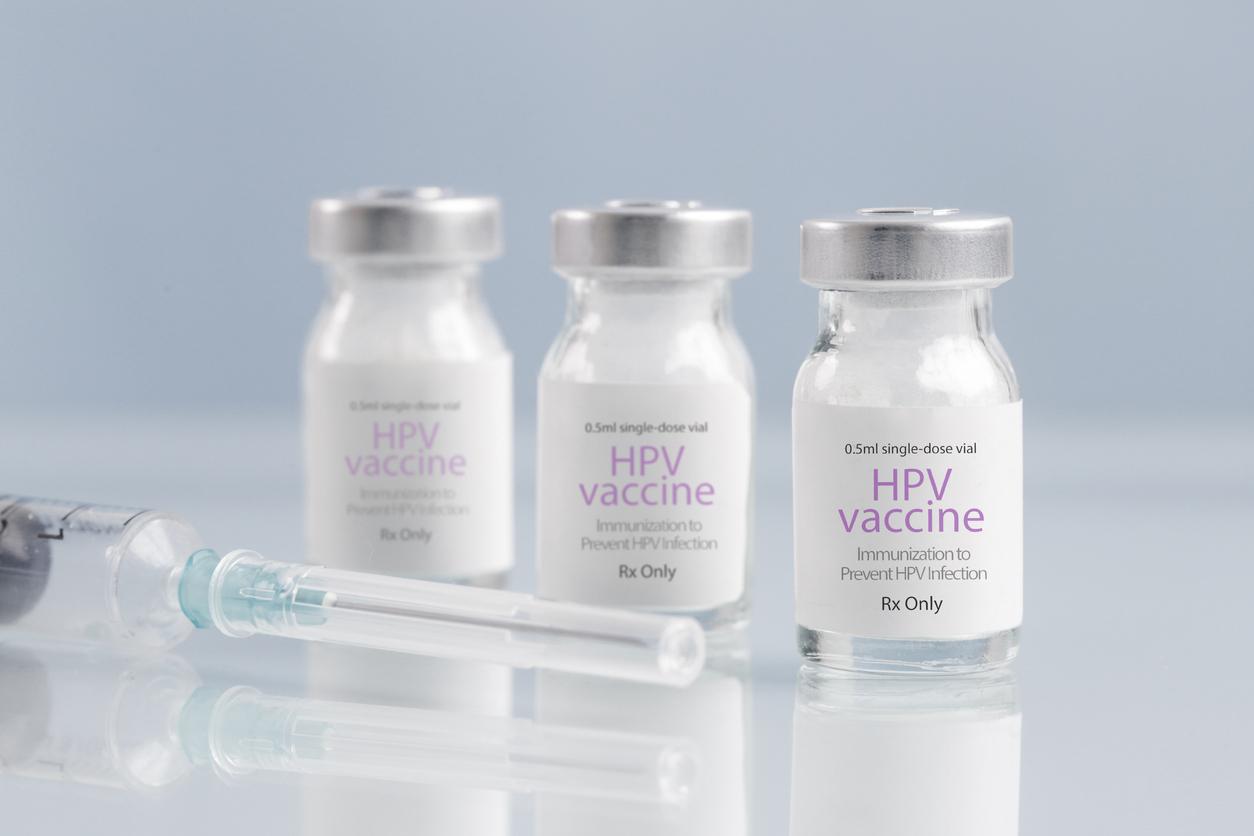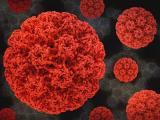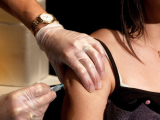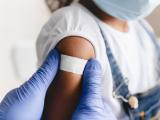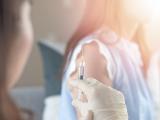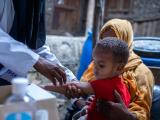Parents with higher socioeconomic status say they're less likely than lower-income groups to vaccinate their children against human papillomavirus (HPV), and reasons for hesitancy vary between the groups, according to a new research study.
The findings raise worries that perceptions about the vaccine in higher-income groups could undercut herd immunity. A team from Medical University of South Carolina (MUSC) reported its findings this week in The Lancet Regional Health.
HPV can cause six kinds of cancer in females and males, and US health officials have a goal of fully vaccinating 80% of adolescents by 2030, but uptake currently lags, at 63% for teens. A recent study from Scotland that looked at the real-world impact of the vaccine found dramatic results in women born between 1988 and 1996 who were fully vaccinated as adolescents. They found no cervical cancer cases in the group.
Reverse disparity already known
The study team said they already knew low-income and minority communities had better HPV coverage rates, but they wanted to sift out the reasons why. To look for possible reasons, they examined data from the National Immunization Survey-Teen, a telephone survey that covers routine immunizations.
They found that 65% of socioeconomically advantaged parents did not intend to have their teenage children vaccinated, compared to 40% of the parents in the disadvantaged group. The researchers said that, for both groups, the study points to a pervasive lack of intent to vaccinate against HPV.
Hesitancy reasons varied
When the researchers dug into the reasons, advantaged parents were concerned about vaccine safety. In contrast, parents from the disadvantaged groups said they lacked knowledge about the HPV vaccine, didn't have a health provider recommendation, or thought the vaccine wasn't needed.
In a MUSC press release, Kalyani Sonawane, PhD, the lead study author, said parents from advantaged groups may have an exaggerated view of side effects from the HPV vaccine. She added that the poor uptake in that group raises broader concerns.
"It has implications at the population level because if most adolescents are white and from middle- or high-income families, and if their parents perceive the vaccine not to be safe, then that impacts vaccine coverage," she said.
Researchers said risks are notable for both income groups. Black and Hispanic women have higher rates of cervical cancer and deaths from the disease, and recent studies show rising rates in White women in low-income countries and for women in their 30s.
Pandemic-related uptake gap in young adults
In a related development, Sonawane and some of the same authors of the Lancet study published new findings this week about HPV vaccination during the COVID pandemic. They detailed their findings in a research letter in JAMA Network Open.
They looked at data from the National Health Interview Study, focusing on participants ages 18 to 26 years old in 2018, 2019, and 2022. Slightly more than half were female.
The research team found that HPV coverage did not increase in young adults during the pandemic, compared to the prepandemic period, which they said likely reflects pandemic-related disruptions among young adults. Coverage rates were lower in uninsured males and females.
The investigators, however, saw higher rates in the lesbian, gay, bisexual, and other sexual orientation group when compared to heterosexual females and heterosexual males.
The higher rates in those groups were reassuring due to their increased risk, the researchers said. They noted, however, that the lower uptake in uninsured people underscores the importance of making the HPV vaccine more easily accessible.
